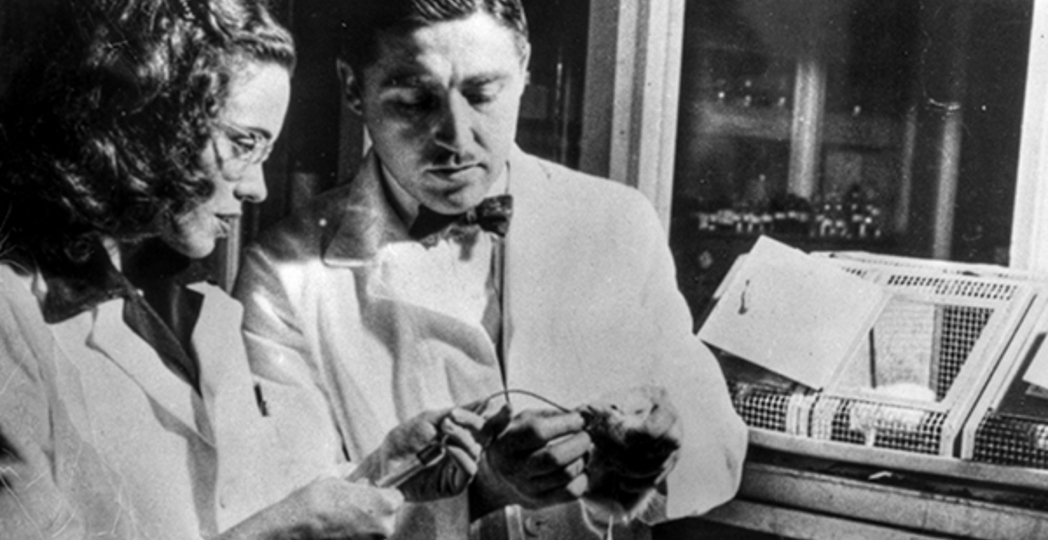Cleveland Inventions: How Helen and Alfred Free Contributed To Diabetes Testing
by Cristina Formichelli | Dec. 1, 2021 | 1:00 PM

Bayer/Bern Harrison
Thanks to Helen and Alfred Free, Ohio had a hand in the advancement of diabetes testing. All the Frees needed was a couple of strips of paper to revolutionize urinalysis.
Alfred, a native of Bainbridge, attended Miami University for his undergraduate degree before pursuing master’s and doctorate degrees at Case Western Reserve University, where he taught for several years, while Helen received her bachelor’s degree in chemistry from the College of Wooster.
The original glucose-detecting urine test for diabetes involved mixing chemicals and applying heat to urine to determine the presence of glucose — a messy and time-consuming process. While the test worked, the Frees figured there must be an easier way to test for glucose and have the test determine the amount of glucose present. They were right. In 1956, they developed Clinistix, a revolutionary dip-and-read test that detects the presence and level of glucose in urine with just a strip of paper using chemicals that react with the urine. The Clinistix test led to dip-and-read urine tests for other substances, such as bilirubin and albumin.
“Just having to dip a strip into a cup of urine is life-changing,” says Amanda Mahoney, chief curator of the Dittrick Medical History Center at Case Western Reserve University. “You can travel without your little chemistry kit. You can teach younger kids how to monitor their own urine.”
Helen was the first woman in an administrative position at Miles Laboratories in Elkhart, Indiana, where she met Alfred and developed the urinalysis tests. “It was a huge deal that she moved up, that she was even hired as a research scientist in the late ‘40s, and that she moved up in the ranks,” says Mahoney.
After retiring in 1982, Helen went on to become president of the American Chemical Society and promoted educational initiatives worldwide to involve women and children in the field of chemistry. Even after retirement, she worked as a consultant for Miles (now Bayer) Diagnostics, for many years.
Trending
-
1
-
2
-
3
-
4
-
5










